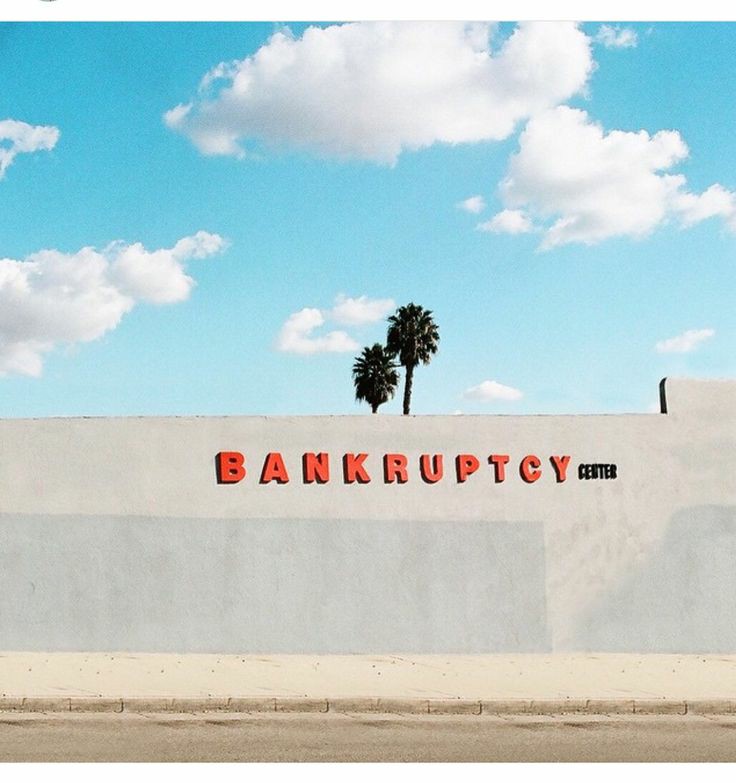27 Aug 2021
The dog days of summer
The schools will be going back next week. Politicians are on holiday, trying to keep out of trouble. Dominic Raab is trying to minimize the damage to his career for being on holiday and failing to call the ambassador in Kabul just before the Afghanistan fiasco got underway.
August is sometimes a month when markets melt down. It was the month that the First World War got started. This August doesn’t look like it’ll be one of those. Markets are lacking direction, financial journalists have nothing to write about, so fall back on the old chestnuts.
In today’s FT, Helen Thomas wrote about how the UK’s dysfunctional planning system is failing to deliver enough warehouses. You can read the piece here. The essence of the problem is that planners care only about houses. It is assumed that infrastructure for jobs and transport will materialize out of thin air. Our planning system probably takes a few tens of bps off our growth every year, with the result that we are a lot less well off now than we would have been if the 1947 Act had never been passed.
Philip Coggan, always worth reading, sums up the problem with markets here. He has got old warning about how bad the system is, but it just keeps pushing down interest rates and pushing up asset prices. He writes about the insanity of investing in SPACs and cryptocurrencies, evoking parallels with the South Sea Bubble. But the modern era is a rolling series of bubbles, which never fully deflate, but nevertheless weigh down the economy with zombie asset allocation.
Frontline
This episode is notionally about what a documentary film about the Fed got wrong. But it’s a great summary of Snider’s thesis that we’ve got the Fed all wrong: that it’s actually powerless to affect the real economy, except to the extent that it can sway sentiment. I am becoming more and more convinced that sentiment is a much more important determinant of how markets behave than I’d previously understood. Exhibit A is Bitcoin. This is one of many tens of thousands of cryptocurrencies, all of which share some essential features (mainly recording all transactions on a distributed ledger). There is simply no reason why people should put their money in Bitcoin in preference to any other crypto. Except people understand that given an unprompted choice, most people will choose Bitcoin over the others because that’s exactly what they expect everyone else to do, even though they might privately harbour doubts about the choice. Keynes’ idea about the market being like a beauty contents where the winner is the one who picks the most popular choice of model remains a deep insight into how markets work.
Snider addresses the problem I’ve grappled with for a long time: why stocks? He thinks that with safe investments, such as deposit accounts at one’s bank, being euthanized by the Fed, people are forced into risk assets and the ones that all fund managers divert them is stocks, because that’s where they can charge the biggest fees. Well, private equity, hedge funds, venture capital etc. etc. are similar and have shown explosive growth. I don’t know whether this is the answer, but it’s certainly a plausible hypothesis. Crypto also has high fees for miners, so may be an exception that proves (tests) the rule.
Chart for the day
Image of the day
Flora Growth ($FLGC) not really a growth stock
White Diamond Research has uncovered a prime ponzi scheme. This is a cannabis company run by an experienced fraudster that is unlikely to produce any long-term return for shareholders. Of course, it will probably go up like a rocket in the short term, so do your own research! Read more here.
Loans to the private sector still weak
source: tradingeconomics.com
Admittedly, not far below trend, after the injection of money via various pandemic loan schemes in Q1 last year.

Comments !